Editor’s Note: The usage of Chicano is in accordance with the preference and language of the sources and/or organizations included in this story.
After making the decision to leave his high school teaching job in 2019, assistant professor of art education, Luis-Genaro Garcia, had a mission to continue his approach of educating students to become agents of social change within their communities.
In preparation for his interview at Sacramento State, Garcia came across a syllabus from the former art education course, Barrio Art for Ethnic Groups 148.
The professor of this course, Jose Montoya, originally co-founded the Royal Chicano Air Force art collective alongside former Sac State professors Esteban Villa and Ricardo Favela who also taught the course. Juanishi Orosco, Rudy Cuellar, Louie Gonzalez and Armando Cid are among other Sac State professors who supported the course as well.
Montoya established this course for the purpose of providing students with the opportunity to work within marginalized communities, or barrios. The RCAF were advocates in the community and the go-to artists for the United Farm Workers movement alongside Cesar Chavez during the 1970s.
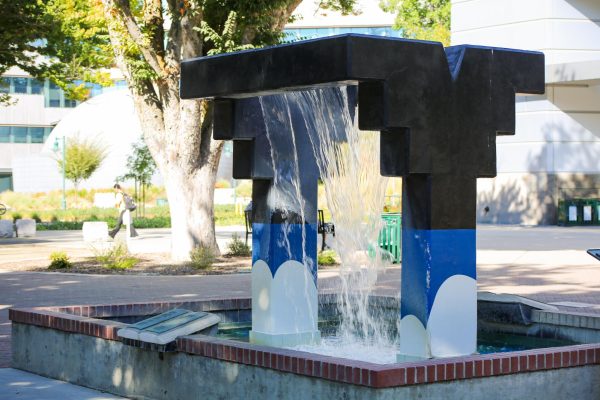
The course was shut down in 2008 due to departmental conflicts over the philosophy and academic rigor of the course. The Barrio Art Program was left to become nothing more than an archived course connected to the Chicano history of the murals left on campus and the Sacramento barrios.
Garcia has revived the program, now called Barrio Art in the Community 148, and added to the class by bringing his philosophy of connecting students to their communities’ history through teaching nontraditional approaches to art.
“My objective as part of the barrio art class is regardless of what major, what socio-economic background you’re from, to prepare you to be an educator that draws on the knowledge that students bring from marginalized communities,” Garcia said. ”To also be socially and critically conscious of how to cater to students from marginalized communities.”
Similar to the RCAF, Garcia believes this course should leave a greater impact on students compared to a traditional art course. Garcia accomplishes this by providing opportunities for his students to create murals and teach art workshops with local communities such as Washington Elementary School and Hiram Johnson Adult Transitioning High School.
He also teaches nontraditional approaches to art by assigning projects that draw inspiration from the home, such as creating Loteria cards that challenge cultural stereotypes.
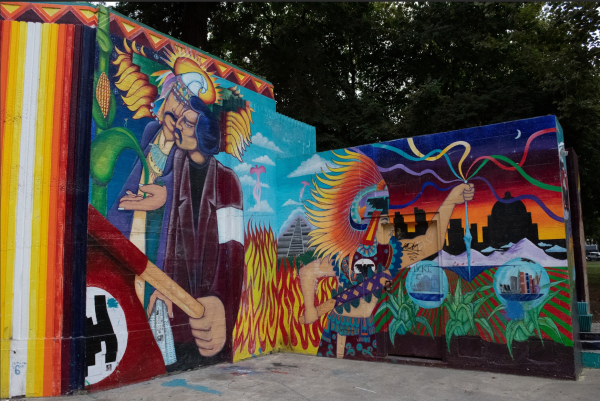
“Are they going to use art to learn about the elements of art and principles of design? Or are they going to use art to learn about how the social stances or the history of racism in their communities has affected them generation after generation,” Garcia said.
Garcia describes this approach of creating art as a form of creative resistance or activism.
“To me, activism doesn’t necessarily mean that you’re at a protest,” Garcia said. “Activism means that you’re changing the dynamics of your profession. That you’re putting people first before yourself…as much dedication that we want to give to our communities another community might need it more.”
Professor of multicultural education, Margarita Berta-Avila, fought alongside the founders of the Barrio Art Program to prevent the course from being shut down in 2008.
Berta-Avila said the Barrio Art Program allows students to practice different forms of art such as poster making, silk screening, danza azteca and creating murals with young children to enhance their sense of identities and reclaim where they come from.
“It’s also working with the students to show how they could use the various modalities of art to impact communities… to be able to continue to address the means of what the community needs,” Berta-Avila said.
Garcia and Avila reinforce the message that the Barrio Art Program is open to all students, not just art majors, as the course provides experience working with others outside of campus.
“Barrio art is really on the ground floor as far as working with families, in specific communities, and at schools,” Berta-Avila said. “I think it’s important to experience no matter what your major is because it allows us to really see the humanity in one another, which can sometimes get lost.”
Many of the murals seen on campus and throughout Sacramento, specifically in Southside park, were painted by the founders of the Barrio Art Program. The fountain outside of the Hornet Bookstore depicting the iconography of the United Farm Workers movement was also created by a class from the course.
RELATED: A Serna Memorial
Solana Torres is a third-year art major and student of the Barrio Art Program.
“I feel that there is a lot of fear around learning about Chicano culture, and I think that breaking that stigma is really powerful,” Torres said. “Being in a class like barrio art would enable people to feel more comfortable learning about and discussing Chicano art and Chicano culture, and realizing that it is innate to the city.”
Torres said her experience in the course is fulfilling a need to connect with students on a more personal level within her education.
“There’s something so important that was dismissed in my education and in a lot of our education, specifically in America, in which what we’re learning is not connected at all to what is going on at home,” Torres said. “With barrio art, it’s beautiful to incorporate the art and culture in the barrios, and bring that into learning.”
When discussing the types of non-traditional art that is created in the course, Torres said that some skills that are taught at home can also be considered art forms.
“A lot of what is defined as art in fine arts is painting and sculpture and access to expensive material, but that’s not all art is,” Torres said. “When your mom is crocheting or your grandma is repairing your clothes, that is art in itself.”
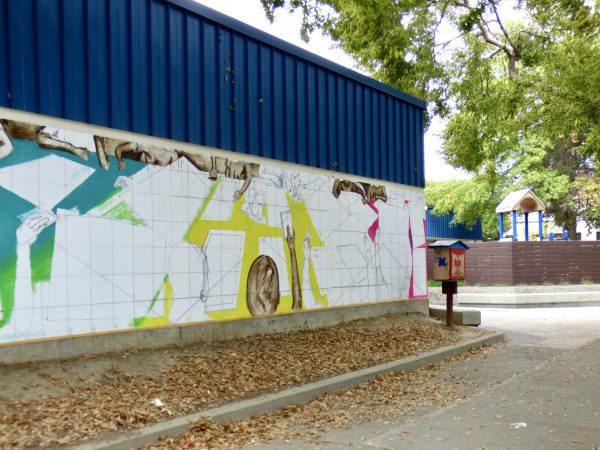
Torres feels that the Chicano based course is accepting to any student who is interested in joining the program.
“I feel like a lot of people don’t take classes like barrio art, don’t go to a car show or go to a Dia de los Muertos event because they don’t feel like they would fit in or they wouldn’t be welcome, but that is so not true,” Torres said. “I think Chicanos are so welcoming and so understanding.”
Barrio Art 148 is designed for all students who are interested in becoming pre-service educators that work within marginalized and affluent communities. For this reason, Torres ensures that everyone’s journey with learning about new cultures begins somewhere.
“It’s okay if you don’t know anything about barrio art or Chicano culture,” Torres said. “You have to start somewhere. As long as you’re open to receiving, respectful, and curious. If you want to learn, we will teach you, the community will teach you. You are not alone.”

















































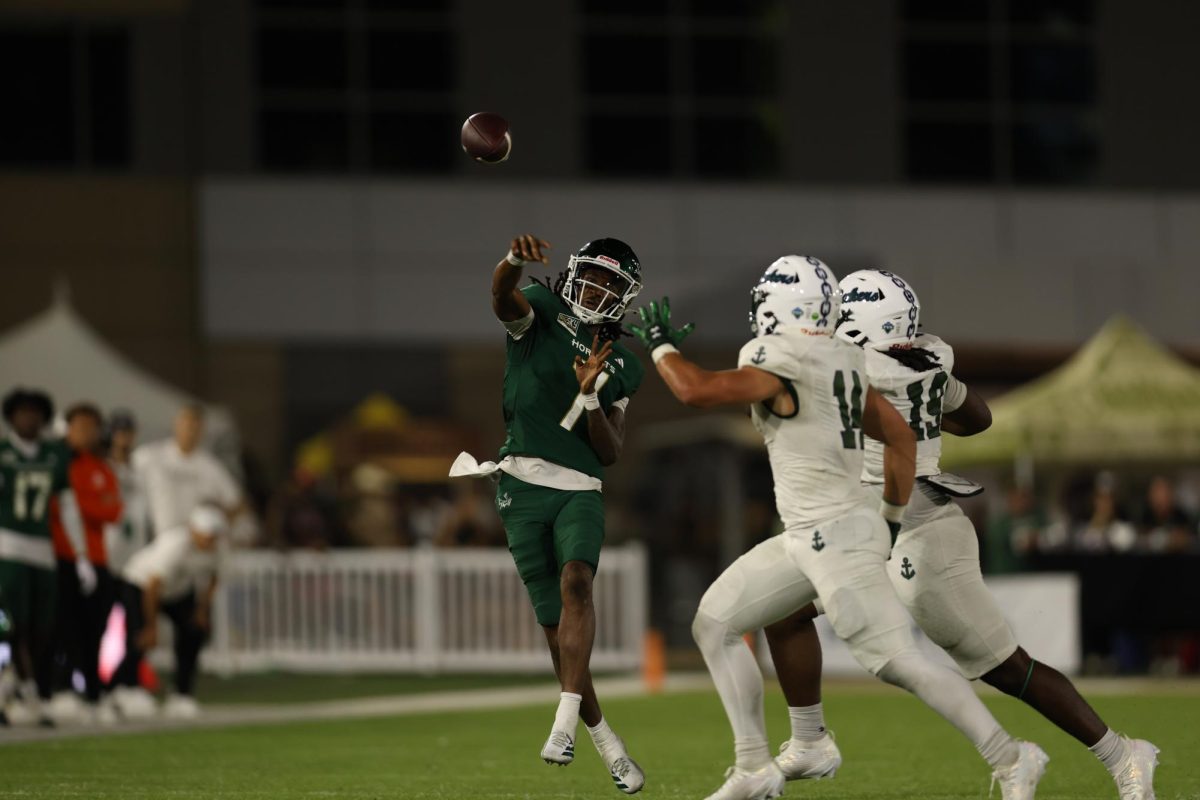






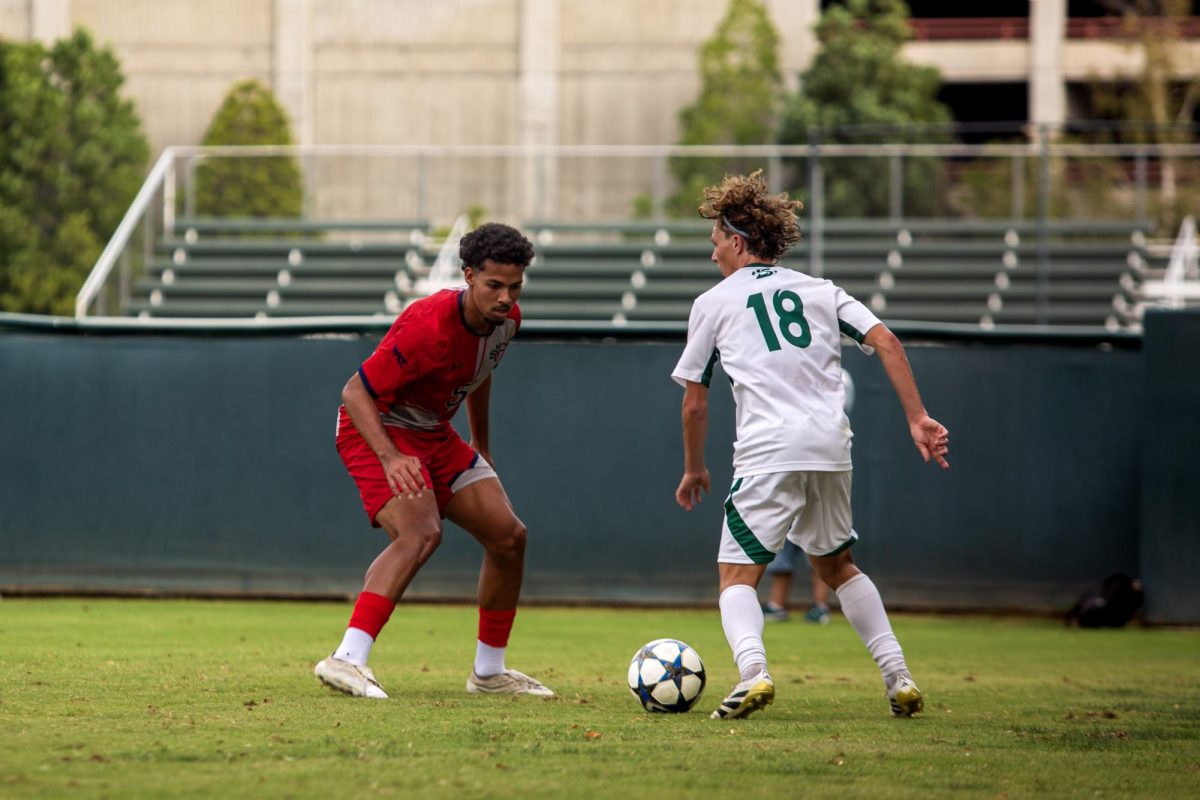





















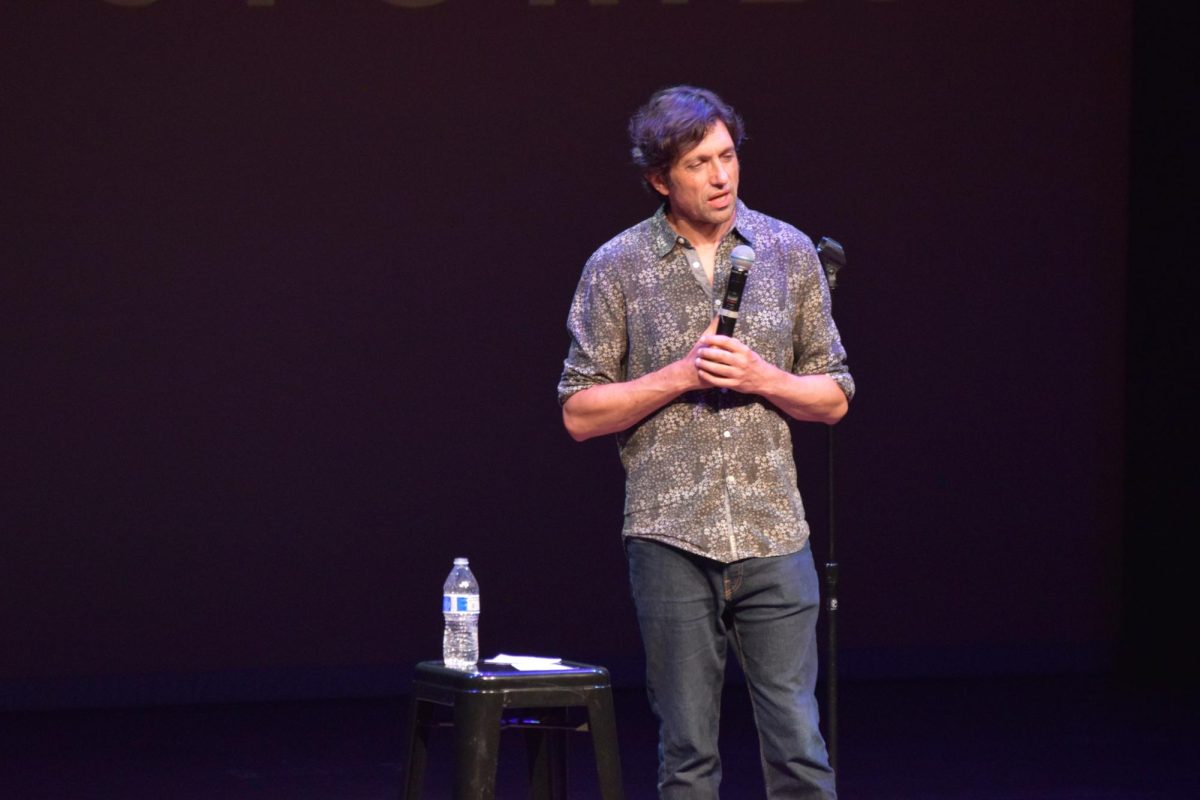




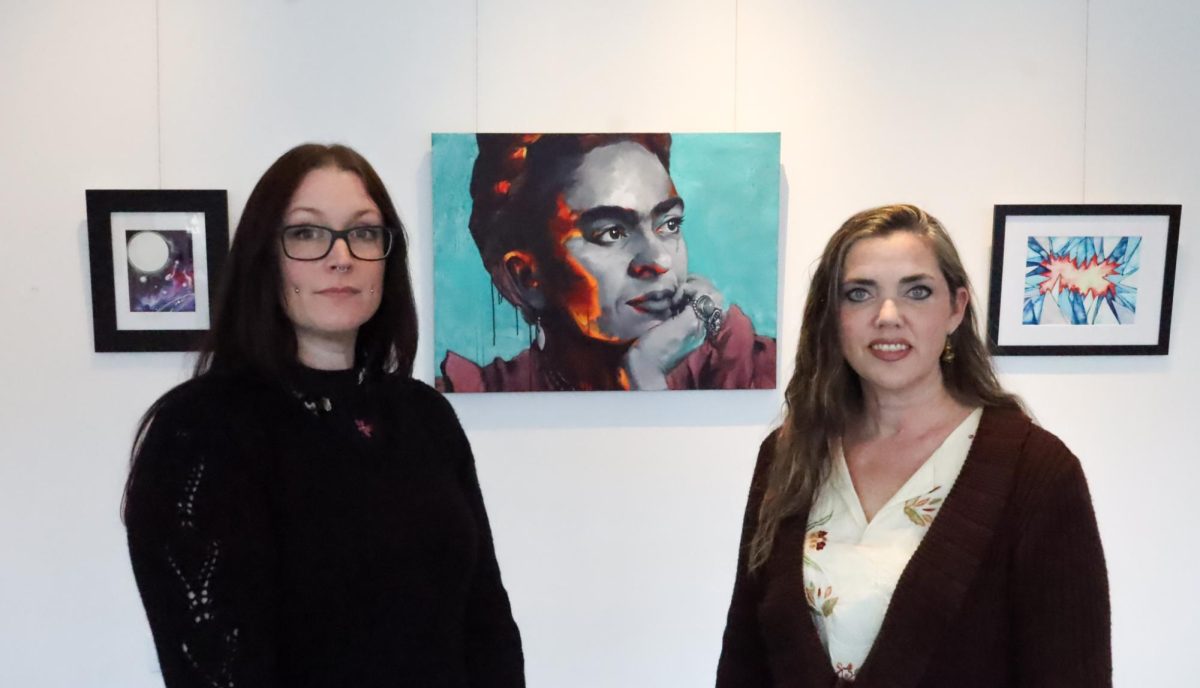



































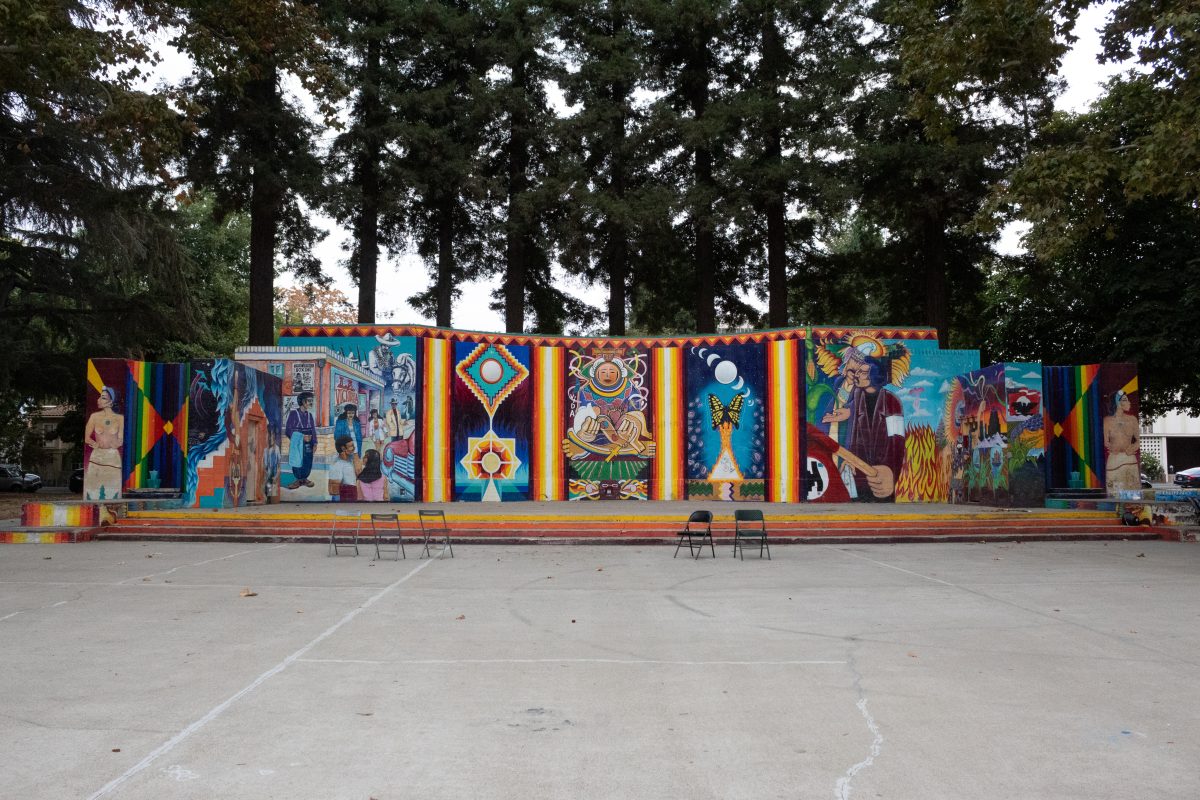


GG • Feb 9, 2024 at 9:58 am
Thank you for documenting this course and its legacy. <3